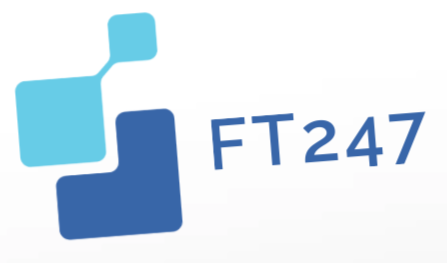Introduction to Cascading Style Sheets (CSS)
Cascading Style Sheets (CSS) is a stylesheet language used for describing the presentation of a document written in HTML or XML. CSS enables web developers to create visually appealing and consistent layouts across multiple web pages. Since its inception in 1996, CSS has undergone significant evolution, allowing for advanced styling features and improved performance.
The Importance of CSS in Web Development
CSS is crucial for web development for several reasons:
1. **Separation of Content and Presentation**: CSS allows developers to separate content (HTML) from presentation (CSS). This separation improves accessibility and makes it easier to maintain websites.
2. **Consistency Across Web Pages**: By using CSS, developers can ensure that all pages on a website have a uniform look and feel. This consistency enhances user experience and brand identity.
3. **Improved Load Times**: CSS can reduce the amount of code in HTML documents, leading to faster loading times. By utilizing external stylesheets, browsers can cache CSS files, resulting in quicker page renderings.
4. **Responsive Design**: CSS enables developers to create responsive designs that adapt to different screen sizes and devices. This is vital in an era where mobile usage is predominant.
CSS Syntax and Structure
CSS syntax consists of selectors and declaration blocks. A selector targets HTML elements, while a declaration block contains property-value pairs that define the styles to be applied.
Example of CSS Syntax
“`css
h1 {
color: blue;
font-size: 24px;
}
“`
In this example, `h1` is the selector, and the declaration block contains two properties: `color` and `font-size`, with their respective values.
CSS Selectors
CSS selectors are patterns used to select the elements you want to style. There are several types of selectors:
1. Universal Selector
The universal selector (*) matches any element in the document.
“`css
* {
margin: 0;
padding: 0;
}
“`
2. Type Selector
Type selectors target elements by their type (e.g., `h1`, `p`, `div`).
“`css
p {
font-family: Arial, sans-serif;
}
“`
3. Class Selector
Class selectors are prefixed with a dot (.) and apply styles to elements with the specified class.
“`css
.button {
background-color: green;
color: white;
}
“`
4. ID Selector
ID selectors are prefixed with a hash (#) and apply styles to a unique element with that ID.
“`css
#header {
height: 100px;
}
“`
CSS Properties
CSS properties are used to apply styles to selected elements. Here are some commonly used properties:
1. Color and Background
“`css
body {
background-color: #f0f0f0;
color: #333;
}
“`
2. Box Model Properties
The box model includes properties such as `margin`, `padding`, `border`, and `width`.
“`css
.box {
width: 200px;
padding: 10px;
border: 1px solid #000;
margin: 20px;
}
“`
3. Typography
Typography properties include `font-family`, `font-size`, `line-height`, and `text-align`.
“`css
h1 {
font-family: ‘Georgia’, serif;
font-size: 36px;
text-align: center;
}
“`
Advanced CSS Techniques
CSS has evolved to incorporate more advanced techniques that enhance design capabilities and interaction.
1. Flexbox
Flexbox is a layout model that provides a more efficient way to layout, align, and distribute space among items in a container.
“`css
.container {
display: flex;
justify-content: space-between;
}
“`
2. CSS Grid
CSS Grid Layout is a two-dimensional layout system that allows for complex layouts with more control.
“`css
.grid {
display: grid;
grid-template-columns: repeat(3, 1fr);
}
“`
3. CSS Animations and Transitions
CSS animations allow for smooth transitions between different states of an element.
“`css
.button:hover {
background-color: blue;
transition: background-color 0.3s ease;
}
“`
Performance Considerations
While CSS is vital for styling, performance can be impacted by inefficient use. Here are some best practices:
1. **Minimize CSS Files**: Combine and minify CSS files to reduce the number of HTTP requests and file sizes.
2. **Use CSS Sprites**: Combine multiple images into a single image sprite to reduce loading times.
3. **Optimize Selectors**: Avoid overly complex selectors, as they can slow down rendering times. Aim for simplicity.
Future of CSS
The future of CSS looks promising, with continuous enhancements and new features being added. The introduction of CSS variables, custom properties, and new layout models like CSS Grid and Flexbox are paving the way for more responsive and dynamic web designs.
Conclusion
CSS is an essential tool for web developers and designers. Understanding its syntax, properties, and advanced techniques is crucial for creating visually appealing and efficient websites. As web technologies continue to evolve, staying updated with CSS advancements will ensure developers can create modern and responsive web applications.

